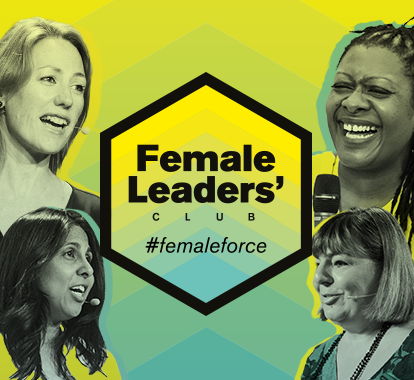What Our feet Can Teach Us About Overlooked Audiences
19 Apr, 2024
Lori Meakin, Founder + CEO of The Others & Me highlights the inherent presence of gender-bias in most product and service design and how, surprisingly, addressing overlooked audiences can create opportunity for brands.

Did you know women’s feet are a different shape to men’s?
I’d been walking around on mine for half a century before I learned that ours aren’t just smaller versions of men’s feet; they’re different proportions too.
So, even if I was an elite athlete, the “women’s shoes” I’d compete in wouldn’t have been designed for feet shaped like mine.
What’s more, my training regime wouldn’t account for how oestrogen and the menstrual cycle impact everything from my ligaments to my immune system; the apparently “gender-neutral” gym equipment I use wouldn’t be designed for bodies like mine; and most medicines I use would only have been tested on men.
Despite the Lionesses, Coco Gauff and Caitlin Clark proving that there’s money to be made from taking women’s sport seriously, I’d still get just a fraction of the media coverage and investment that sportsmen enjoy.
My performance would be judged inferior to men’s even when it’s identical, as Orange and Heineken have highlighted. And I’d often feel like looking hot was considered more important than my comfort, as we see from responses to Nike’s USA Olympic kit-reveal.
That’s just in the world of sport… so what else are we missing? The answer is, a huge amount.
Gender-bias is inherent in most product and service design.
It affects how we share conversational, cultural and physical spaces (as I’m reminded every time I have to queue for the loo).
It impacts how we market to men and boys: most parents encourage their daughters to play with “boys’ toys” but Lego discovered that they rarely do the opposite, even though young boys do enjoy feminine-coded play. Similarly, men really enjoy books, films and content by and for women when they try it; but they’re unlikely to try it, because they assume it’s not for them.
Default-male design even affects our safety. Women are 27x more likely to be abused online than men for posting the exact same content. We’re also 47% more likely than men to be seriously injured in an identical car crash, and 17% more likely to die, because cars are still designed around male bodies.
Importantly, gendered design issues can affect men too. Dads are frequently overlooked, from paternity leave or pay, to the lack of baby-changing facilities in men’s toilets. And it’s still women who are positioned as the natural nurturers, despite recent scientific studies challenging that received ‘wisdom’.
This is an opportunity for marketers.
Every overlooked problem here is a business opportunity. Because when brands solve problems for overlooked consumers, they’re rewarded with greater loyalty, advocacy and higher price premiums.
Examples like Bumble, Ellevest, War Paint and others show the value of seizing these opportunities. And the dividend that comes from making overlooked audiences feel seen needn’t be at the expense of your traditional consumers.
Here’s how brands can really capitalise on these insights:
1: Actively seek out gender blindspots and myths. It’s vital we have more gender-balanced teams, but that alone isn’t enough, as there’s still so much that we’re all unaware of.
2. Don’t ignore intersectionality. Just about everything I mention here is amplified for women of colour and midlife-or-older women.
3 Remember that addressing these issues doesn't have to feel worthy and difficult. It can even feel like fun. ‘Ted Lasso’, for instance, shows us that it’s not true that “you can’t laugh at anything any more”. We just need to know what we’re laughing at, and who we’re laughing with.
You can discover more about the creative playground we’re all overlooking here.
